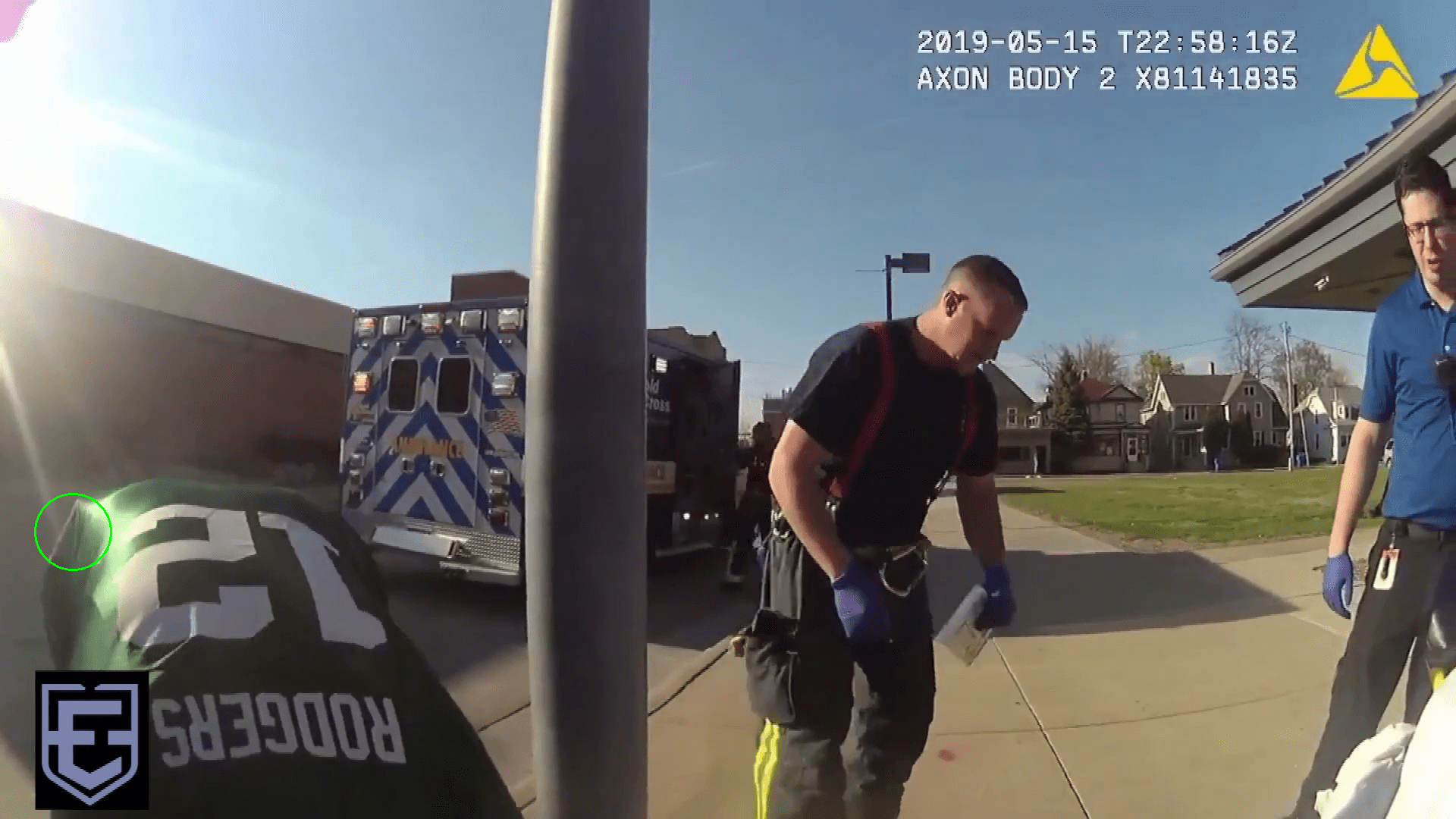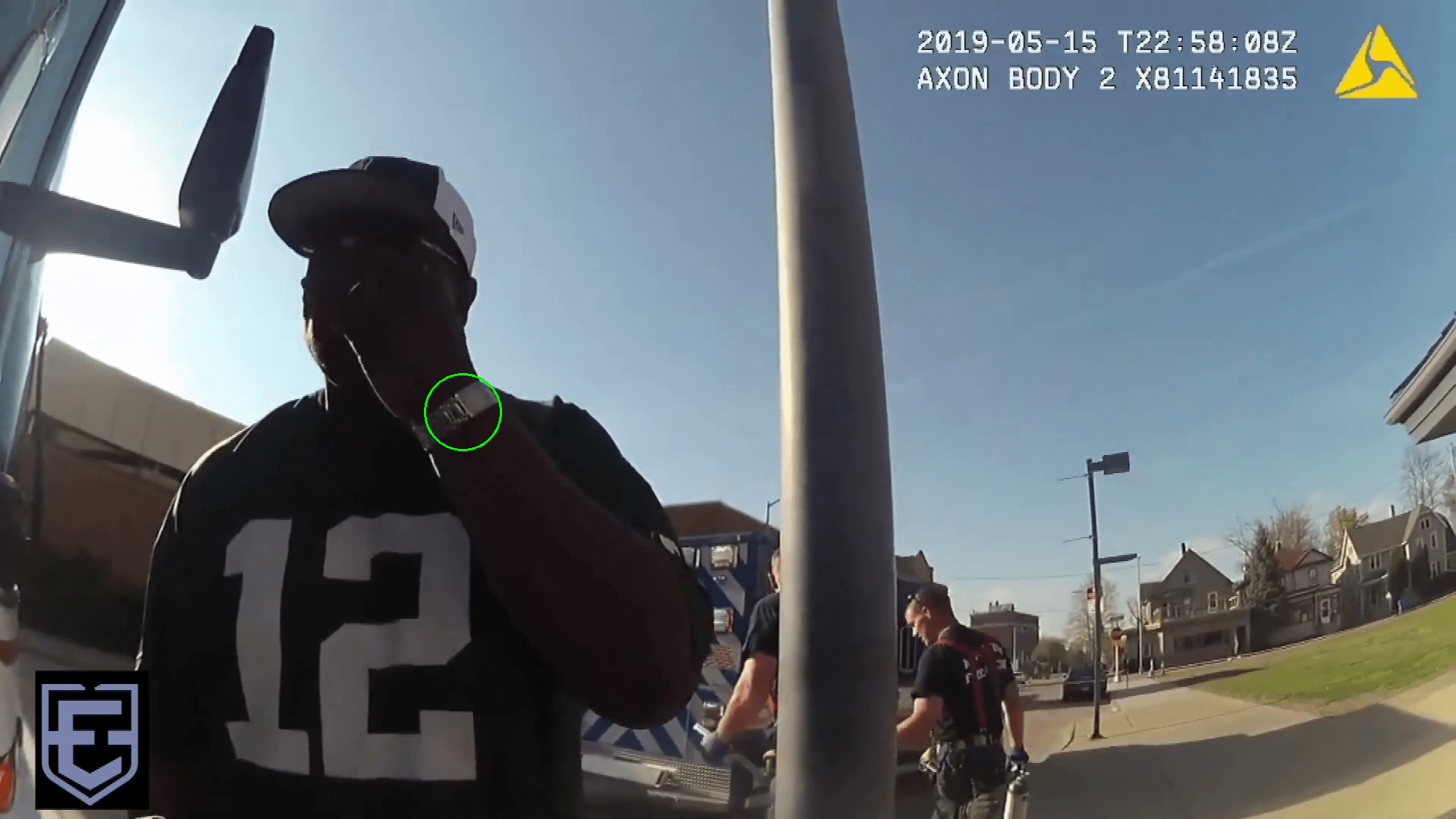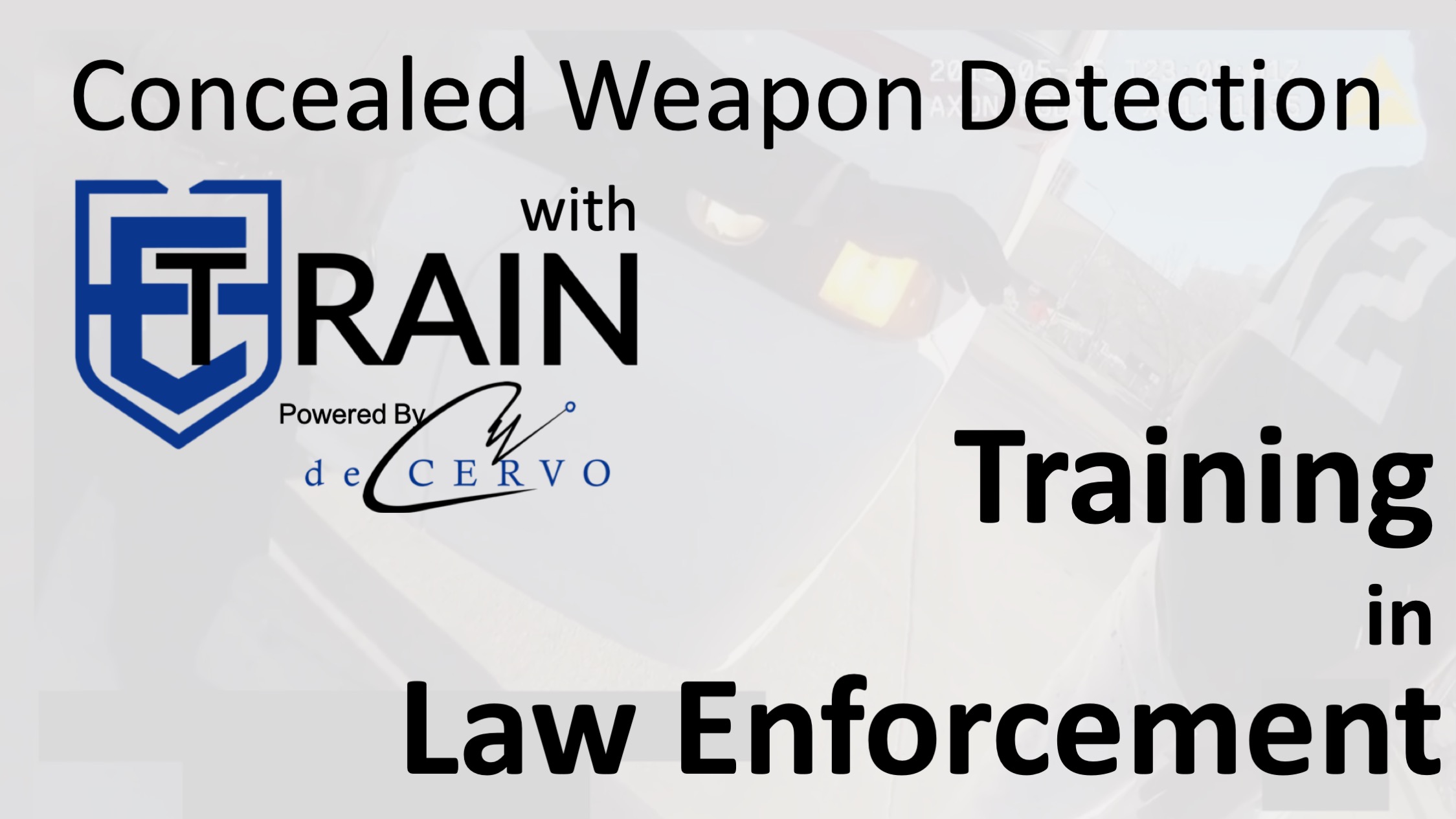Capabilities of the eTRAIN Platform: A Case Study
Concealed Weapon Detection
A Case Study in Law Enforcement Training
Novemeber 8, 2023
Importance of Concealed Weapon Detection
Detecting concealed weapons is essential for Law Enforcement Officers (LEOs). Firstly, this skill helps them recognize threats and react with precision. Officers skilled in this area are better equipped to maintain control in various situations. However, studies indicate that LEOs and untrained individuals perform similarly in detection tests. Therefore, officers must understand behavioral cues linked to carrying concealed weapons. Recognizing these signs is crucial for LEOs to manage dangerous scenarios effectively.
Furthermore, the e-TRAIN platform, developed by deCervo, is a pivotal decision training tool for LEOs, utilizing body-worn camera footage. It assists officers in identifying concealed weapons through modules based on real-life situations. This case study demonstrates how e-TRAIN effectively trains officers in spotting concealed weapons, significantly boosting their situational awareness. Additionally, the platform uniquely highlights what officers might notice besides the concealed weapon.
Concealed Weapon Training Case Study
Let’s delve into data from 23 LEOs who recently tackled an e-TRAIN module on concealed weapon detection. This module presents a scenario: a man suspected of overdosing collapses on a bus. Paramedics use Naloxone to revive him, and LEOs provide support. They see the man exit the bus and talk to an officer, who suggests frisking him before ambulance boarding for paramedic safety. This training tests LEOs’ skills in constitutional policing, tactical response, and more. The video demonstrates a portion of the scenario that the officers are monitoring.
Officers are then prompted to rate, on a scale from 1 (least likely) to 5 (most likely), their belief regarding whether the individual is carrying any weapons. The average score among the 23 LEOs was 3.1, with responses ranging from 1 to 5. After that, the platform instructs the LEOs to actively watch the following video segment and tap on the screen whenever they notice anything noteworthy about the person.
Did you notice anything of importance during the clip?
Out of the 23 LEOs, 16 responded by tapping somewhere on the screen during the clip. After watching the clip, the officers rated on a scale of 1-5 their suspicion of the man carrying weapons. As a result, the average rating increased to 3.4. It’s noteworthy that the e-TRAIN platform can record where and when the officers decide they see something significant. As an example, let’s take a look at the results of one officer.
The officer initially assessed the man’s likelihood of carrying a weapon as minimal, scoring one based on the provided information. However, he tapped the screen once during the video clip, indicating he noticed something of significance. After viewing the segment, he adjusted his assessment to a score indicating a high likelihood (5) that the man was armed. The question then arises: what exactly did the officer observe in the video that led him to revise his initial judgment?

Officer 1 Response
An example of where an officer correctly identifies a concealed weapon.
Upon examining the timing and location of the officer’s screen tap, it becomes clear that he spotted a bulge resembling a pistol on the man’s right hip. This observation suggests that the officer successfully identified visual indicators of a potentially concealed weapon. Similar observations and detections among other officers indicated their collective proficiency in recognizing signs of a possible weapon.

Officer 2 Correct Response
Another example of where an officer correctly identifies the concealed weapon.

Officer 3 Correct Response
An example of another officer correctly identifying the concealed weapon.
Officers who successfully identified the concealed weapon raised their post-video assessment score by an average of 1.1 points (4.2). In contrast, those who didn’t spot the concealed weapon typically lowered their rating by an average of 0.2 points (2.8). The officers who missed the concealed weapon were instead focusing on other details. Their observations mainly included the man bending over and not identifying the bulge at the hip, or they saw the shiny watch he was wearing.

Officer 4
An example of an officer not identifying the concealed weapon

Officer 5
An example of an officer not identifying the concealed weapon.
Developing the skill to identify concealed weapons is crucial for officers, a capability honed through training and experience. In the given scenario, officers had to accurately decode verbal and visual cues to detect the hidden weapon. Significantly, this incident highlights the importance of such skills. As the crisis intensified, the man, refusing to board the ambulance, drew his weapon, sparking a shootout. This harrowing event, leading to injuries among officers and the death of a paramedic, starkly demonstrates the necessity for law enforcement to excel in recognizing concealed weapons. By mastering this skill, officers can more effectively navigate and respond to volatile and perilous situations. Consequently, they are better positioned to implement tactical strategies or de-escalation methods, tailoring their response to the situation. Ultimately, this not only safeguards their safety but also that of the public.
The Importance of Identifying Concealed Weapons
Detecting concealed weapons is a crucial skill for law enforcement officers that can help them assess potential threats and respond accurately. But how can we ensure that officers are equipped with this skill? Enter e-TRAIN, a decision training platform that uses body-worn camera footage to assess and train officers’ decision-making capabilities. Through real-life scenarios, e-TRAIN provides officers with the opportunity to develop and refine their skills in detecting concealed weapons. In this case study, 23 officers completed a module on concealed weapon detection and were assessed on their understanding of constitutional law enforcement, tactical operations, and other competencies. The results showed that officers who successfully identified the concealed weapon raised their post-video assessment score by an average of 1.1 points.
In comparison, those who didn’t spot the concealed weapon typically lowered their rating by an average of 0.2 points. This difference underscores the importance of developing and refining the skills necessary to identify visual and behavioral indicators of a potentially concealed weapon. By providing officers with the tools and training needed to detect concealed weapons, we can better equip them to respond to potentially dangerous situations in a timely and effective manner, ultimately leading to safer communities for all.


Howdy! I know this is somewhat off topic but I was wondering if
you knew where I could locate a captcha plugin for my comment form?
I’m using the same blog platform as yours and I’m having problems finding one?
Thanks a lot!
Try WP. Thanks for writing!